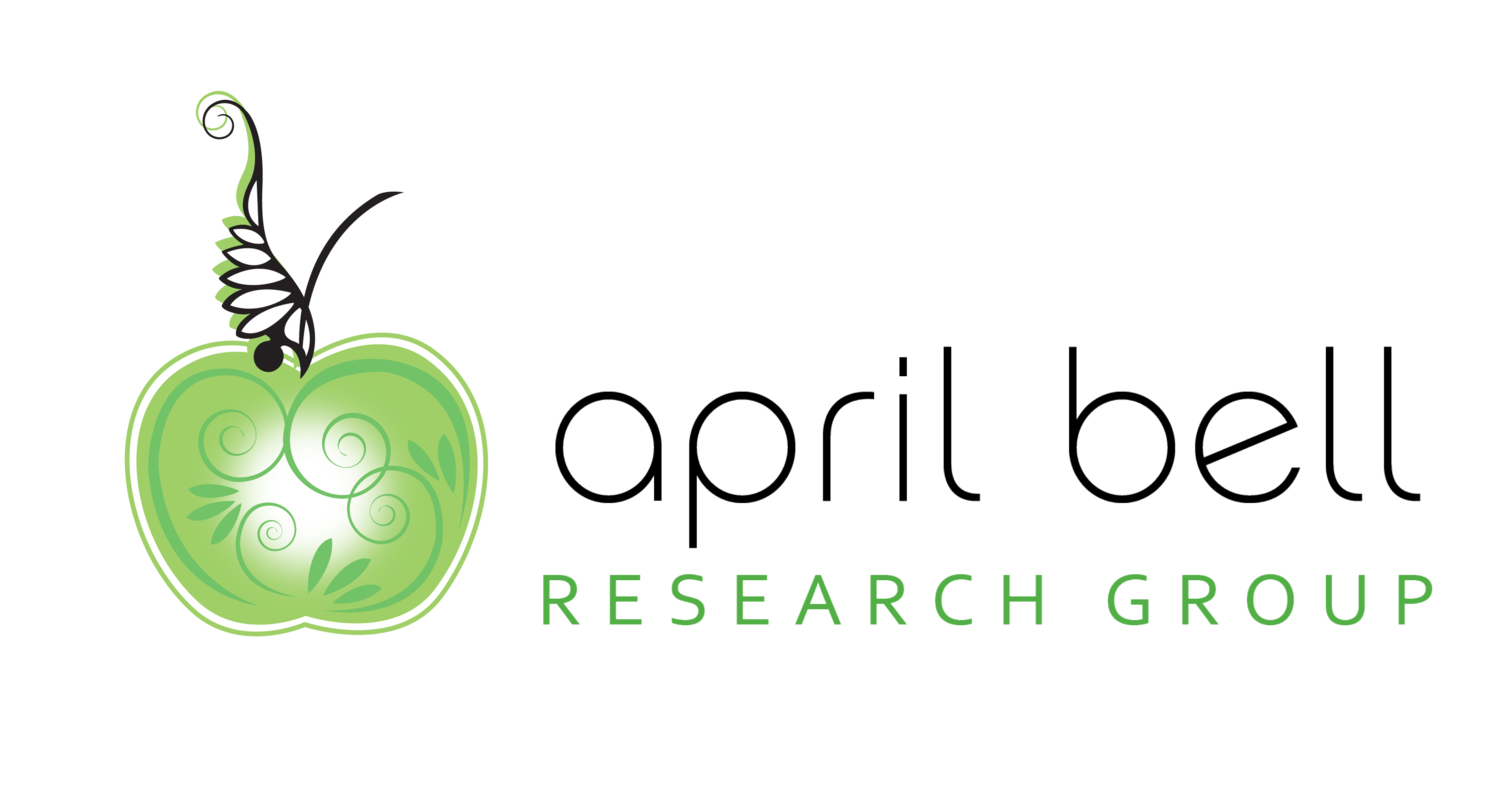It’s 3.14.20 and all spring break travel plans are successfully cancelled.
Ok, then breathe, I tell myself.
Then the fear voice inside my head speaks again: “yes I have everything - tp, water, sick meds, fresh and frozen veggies, fresh and frozen meat. Fresh and frozen fruit. Lots of shelf stable snacks and let’s see what else do I need. Sick meds, essential oils.
Oh shit I accidentally ordered paper towels, not tp. Back to square one ....”
The “other” voice: “Breathe again, April - this nesting thing you’re doing is going a little overboard. It’s seriously worse than the last week before you gave birth. Can you calm down?” Fear voice back at me: “But what if it’s not overboard, what if I haven’t done enough to prepare?”
This is the voice of the world - my Facebook feed, news feed, neighbors, friends, everyone I talk to.
But I hear it again – “Breathe again. It’s going to be ok.”
“Yeah keep telling yourself that” fear speaks again. "You know it’s a national emergency right and Italians are having to open their windows to sing and connect with each other. We don’t do that here!!!!"
“What are you going to do?” it speaks. “Stuck in the house with your high energy child, trying to work, while simultaneously attending to her needs, and keep everything afloat. Finances, bills, work, how is it all going to work. How???” Its voice growing louder.
“Breathe. Stay present.”
Ok – I can see now that 2 big breaths is better than one.
Then a sudden thought, one that moves me out of fear and into curiosity?
What is it like to be working on the front lines? To be a doctor or nurse or someone in the healthcare system who is actually making decisions and trying to help others while the rest of us are trying to make sure we can go to the bathroom in the cleanest manner for the next 7 years.
Another thought - what is it like to be my clients working for large companies whose stock is going down daily and perhaps unclear of what will happen next?
What is it like to be an athlete, performer, event coordinator, participant who have paid large sums of money to attend an event, child who was attending the Houston stock show to show an animal, actor performing for months for a Broadway show - now cancelled.
I want to know. I shift my thinking to move out of my fear and learn, begin understanding what it’s like for everyone else out there.
I want to understand it from the space of creation, not from the slant of despair I often feel after watching the news. This is the space where I thrive.
Because I know that I can move out of my own fear by understanding another’s reality. Empathetic listening creates relativity, which simultaneously allows me to feel my own humanity at a deeper level and could shift me from fear.
That typically works for me but will it work here? Maybe?
I don’t know the answer or how this should work but I do know this. I know what happens when we are willing to let go of fear at the same time we grasp onto curiosity – new possibilities happen.
I will do something to move me from fear to curiosity. I want to have a real conversation with those affected or infected (even if it’s only with fear or a low supply of toilet paper). I only want to hear stories that will impact others.
I will sponsor my own research study and pay incentives for 1-hour “empathy interviews.” My goal for the research is to understand the specific impact of social distancing to everyday families, including the closures of restaurants, events, etc. etc.
I’m calling it Combatting COIVD-19 via Empathy Co-Creation.
If you’re interested in participating in a 1-hour webcam interview with me about your experience, please click here.
I am also opening a private Facebook page for those who are interested in: Combatting COIVD-19 via Empathy Co-Creation.
Why? Because…
I believe that when we can see outside of ourselves:
Fear disappears
Curiosity leads to creativity
It could help create an idea in someone else’s mind who can actually do something to help
That idea could lead to a creative way to change the world
I believe when we hear each other’s stories, we can connect again, even if it’s virtual.
I believe we create new possibilities using our creative minds rather than our fear based minds.
I believe amongst the many tragedies this virus has caused - one of the greatest is the level of separation we now need to have, and I will be a catalyst for deeper connections
I believe when we can find new ways to connect, we can regain hope and faith in the human spirit
I believe our soul’s awakening is just around the corner of a big fat virus.
I believe when we do this, we will stop hoarding toilet paper, and start sharing it, little by little, tissue by tissue, to those who need it most (and if we don’t, I might be one of those needing it!).
See my recent update here - How to stay sane by shifting to curiosity.











































